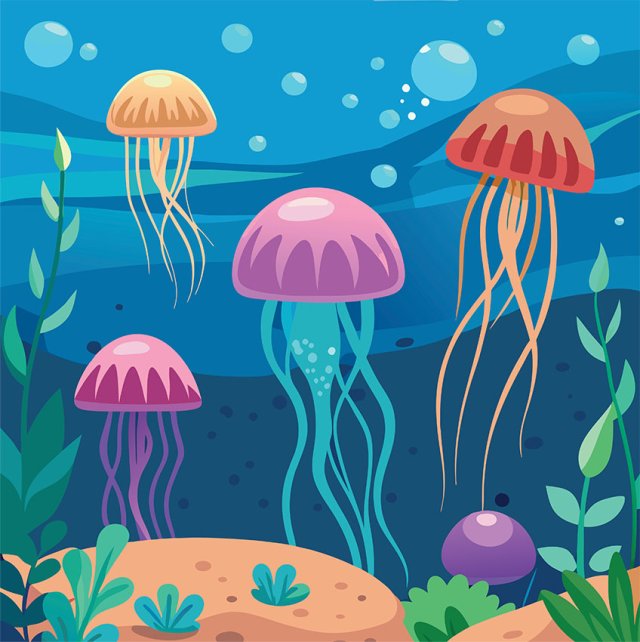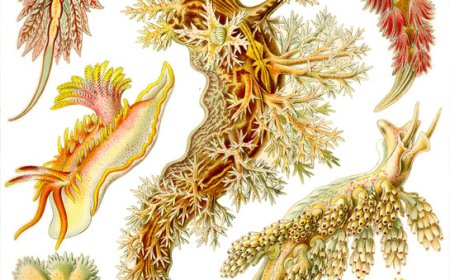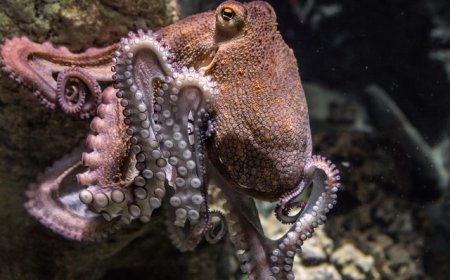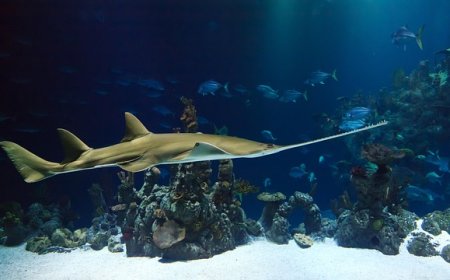Jellyfish Facts for Kids – Learn About Jellyfish Anatomy, Habitat, and Stings
Discover amazing jellyfish facts for kids! Explore jellyfish anatomy, life cycles, habitats, and fun facts about these glowing ocean creatures. Includes vocabulary and a quiz.

Jellyfish
Common Name: Jellyfish
Scientific Name: Varies by species (e.g., Aurelia aurita – Moon Jelly)
Distinctive Feature: Soft bell‐shaped body with stinging tentacles; no bones, brain, or heart.
Introduction
Jellyfish are some of the strangest and oldest animals in the ocean. These wobbly, glowing sea creatures have lived on Earth for over 500 million years, even before dinosaurs! Although they are called "fish," jellyfish are not actually fish—they have no bones, no brain, no heart, and no spine. Instead, they are made mostly of water and jelly-like tissue.
Jellyfish come in many shapes, sizes, and colors. Some are as small as a pea, while others can be as long as a blue whale! With their long stinging tentacles, jellyfish float through the ocean, catching tiny creatures to eat and glowing like underwater lanterns
Physical Description
Jellyfish have soft, see‐through bodies. They look like bells or umbrellas. Tentacles hang under the bell to catch food.
- Bell: Pulses to help it move.
- Tentacles: Thin arms with stinging cells.
- Mouth: Under the bell. Used for eating and waste.
- Gastrovascular cavity: Simple stomach for digestion.
- Nerve net: Simple nerve system instead of a brain.
Most are clear or pale. Some glow in the dark. They can be blue, pink, purple, orange, or rainbow‐colored.
Habitat and Distribution
Jellyfish live in all the world’s oceans. They float in warm and cold waters. They drift with currents. Some swim slowly by pulsing their bells.
- Open ocean
- Near coasts
- Deep sea
- Freshwater lakes
Diet and Feeding Behavior
Jellyfish are carnivores. They eat small sea creatures.
- Plankton
- Small fish
- Fish eggs
- Shrimp and tiny animals
They use tentacles to sting and paralyze prey. Then they pull food to their mouths. Their stingers are called nematocysts. Some, like box jellyfish, can sting humans dangerously.
Reproduction and Lifecycle
Jellyfish have many life stages. They change form over time.
- Medusa: Adult jellyfish.
- Egg and sperm release.
- Planula: Tiny swimming larva.
- Polyp: Attaches to rocks or sea floor.
- Ephyra: Budded off as small jellyfish.
- Back to medusa stage.
Some live months. Others live years. Turritopsis dohrnii can revert to polyp and start again.
Behavior and Social Structure
Jellyfish are solitary. They do not live in families. Sometimes they form blooms or swarms.
- Bioluminescence: Glow in the dark.
- Jet propulsion: Squeeze bell to move.
- Stinging defense: Protects from predators.
- Passive drifting: Drifts with currents.
They do not plan or think. They float, feed, and grow.
Conservation Status
Most jellyfish are not endangered. Some populations grow.
They thrive when oceans change. Overfishing removes their predators. Pollution and warming help them. They survive low‐oxygen water.
They are important food for turtles, fish, and birds. Keeping oceans healthy helps all sea life.
Cultural Significance
Jellyfish symbolize beauty and mystery. They appear in art and stories.
- Aquariums with glowing tanks.
- Cartoons and children’s books.
- Ocean documentaries.
- Festivals and food in Japan (special species).
Vocabulary List
| Word | Definition |
|---|---|
| Tentacle | A long, flexible arm-like part used for moving or capturing prey. |
| Nematocyst | A tiny stinging cell that jellyfish use to catch food and defend themselves. |
| Medusa | The bell-shaped, adult stage of a jellyfish. |
| Plankton | Tiny organisms that drift in water and are eaten by jellyfish. |
| Bioluminescence | Light produced by living things, like some jellyfish that glow in the dark. |
| Polyp | A small, attached stage in a jellyfish’s life cycle before becoming free-swimming. |
| Invertebrate | An animal without a backbone. |
| Sting | A painful reaction caused by jellyfish tentacles touching skin. |
| Current | A flow of water in the ocean that carries jellyfish along. |
| Bloom | A large group of jellyfish gathered together. |
Interesting Facts
- 🌊 Jellyfish are 95% water!
- 🔫 Their tentacles can shoot tiny stingers faster than a bullet.
- 🌟 Some jellyfish glow in the dark using special light-making cells.
- 🐢 Sea turtles love eating jellyfish, even ones with stingers!
- 🧬 The Turritopsis dohrnii jellyfish can live forever by restarting its life cycle.
- ⏳ Jellyfish are older than dinosaurs—they’ve been around for more than 500 million years.
🪼 Kid-Friendly Summary: All About Jellyfish!
Jellyfish are squishy glowing sea animals. They look like umbrellas floating through the water. They have no bones no brain no heart and no spine!
They’ve been around for over 500 million years. That is long before dinosaurs!
🌊 Where Do Jellyfish Live?
- In oceans all around the world
- Some in warm water, some in cold water
- Some even live deep down in the dark ocean
They float with the ocean currents, going where the water takes them.
👀 What Do Jellyfish Look Like?
- A soft bell-shaped body
- Long tentacles that sting prey
- Some glow in the dark
- Colors: clear, pink, purple, blue, orange—even rainbow!
🍤 What Do Jellyfish Eat?
- Tiny animals called plankton
- Fish eggs and small shrimp
- They sting prey with tentacles and bring it to their mouth under the bell
🧠 Are Jellyfish Smart?
Not really! They have no brain. They have a simple nerve net to feel and move. They can sting glow and float but they don’t think like other animals.
Want to Test Your Knowledge? Take Our Quiz




















































